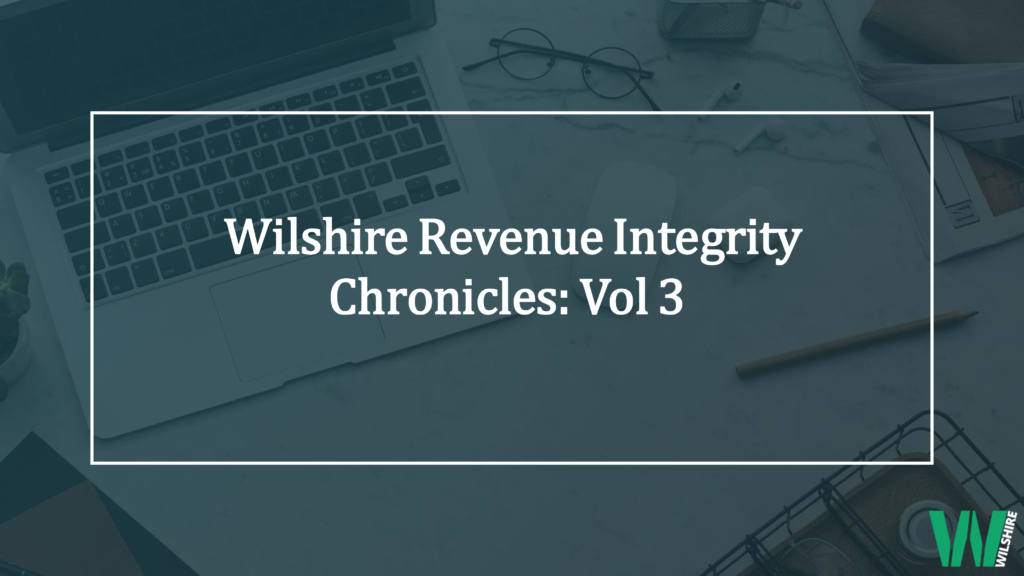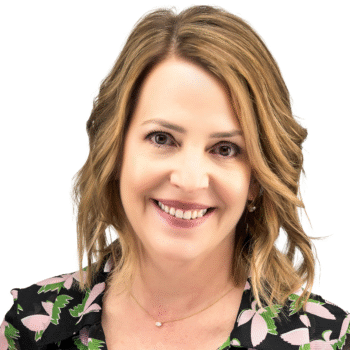Do you have ‘Conversion Aversion’? This WRIC installment discusses how Revenue Integrity Programs can be a Path to “Systemness” for your organization
WRIC vol one focused attention on how over the past decade, providers have crossed the bridge into the electronic world of healthcare clinical data and patient accounting through the implementations of EHRs. But the moment we made it across that bridge (and many while on it), came another huge game changer: acquisitions and affiliations. Physician practices acquired by hospitals and health systems; hospitals forming consortiums; provider networks around shared contracting – the scenarios are endless. And painfully fast. But what happens once the paperwork is signed? How do disparate providers align themselves in mission and business? Who does that work? Before, during, and after these affiliations, many independent providers continued with business as usual. For some, nothing changed except signage. There were more ‘behind the scenes impacts’ with contracting, purchasing, etc., but what about the revenue cycle across these new ‘systems’ – what does Systemness mean? And how and who should do it? I will suggest that it sits well in Revenue Integrity.
For the purposes of this conversation, I will define Systemness as; a single instance of Epic, optimized, same clinician usage/workflows, aligned charging protocols and charge triggering, and streamlined IT maintenance. What Systemness affords providers is happier clinicians, economies of scale, better revenue capture, and meaningful, comparable analytics.
I will highlight the following three benefits of Systemness, but there are many more. And for the discussion, I assume a large academic health system with multiple facilities and providers.
1.Revenue cycle efficiencies- Shared, streamlined CDM/EAP, aligned charge protocols, same charge trigger functionality, full revenue recognition
2. IT satisfaction and streamlined maintenance
3. Clinician satisfaction
Revenue cycle efficiencies
If we think of Systemness as alignment across multiple facilities, like hospitals and clinics, the immediate revenue integrity question is how do we charge for our services? In other words, what are our charging protocols? Are they well defined and memorialized? What is the structure of our chargemaster (CDM, EAP)? Do we charge for surgery by time or procedure? If by time, in what increments, and how are our levels defined? How are charges triggered and codes applied? This list and related conversation very quickly expand beyond the chargemaster into workflows, system build, and maintenance. A fair amount of time should be devoted to envisioning the future. Several factors can influence the decisions. Which organization has the most revenue? Which facility has the most advanced build and successful workflows? Which facility has the least denials? Once a system has designed its future state, the conversion process can begin. Several parts of the project can run in parallel. Revenue integrity can begin converting charges and revenue to the new standards. This often takes external work teams that are very practiced in this area. This is like CDM standardization projects. Once the charging protocols are aligned, the clinical charge triggering work can begin. Things like charge capture in the emergency room for bedside procedures. Leveraging ASAP (Epic’s ED module) functionality to trigger those charges versus manual charge capture by coders or revenue specialists. If there are multiple department’s doing the same function across multiple facilities, that is a prime example of efficiencies to be gained. Other examples would be aligning charge protocols and charge triggering for procedural areas like a cardiac cath labs, interventional radiology, and endo/GI services. Same CDM, same charge trigger workflows, same clinician workflows. All chargeable services and supplies need to be considered. And yes, there will always be exceptions, but you should be able to successfully align over 80% of your charge capture workflows – across the System.
There are also significant opportunities around pricing transparency and patient estimates being able to span the system due to the comparability of charges.
IT satisfaction and streamlined maintenance
While my heart is in revenue cycle, we all know it is really clinicals that drive the bus. Understandably so. And the beauty of alignment is the simplification of ongoing maintenance to all Epic modules, from clinical to financial. When they do not have to maintain multiple instances, IT professionals are more satisfied, and departments are better able to distribute scarce resources and highly skilled analysts. Just think of all the time and money it takes to do a version upgrade with multiple instances, or even different charging workflows on one instance. It can often lead to frustration, lack of clear objectives, teams living in silos, and burnout. In my experience, I find IT teams on board with the concept of aligning these practices.
Clinician Satisfaction
The most compelling reason behind the way I am describing Systemness is how it impacts our clinicians. Physicians, surgeons, nurses, all allied health professionals. If for the one reason that aligning workflows creates efficiencies and time-savings to them. It also enables better documentation when the system is built the same way. Image a cardiac physician walking into Hospital A and following the same workflows that she does at newly affiliated Hospital B! This alignment and Systemness is a major step in the right direction for helping physicians gain efficiencies they so desperately desire.
Summary
In summary, I want to explain why Revenue Integrity programs and professionals are uniquely qualified for acting as the change agents in the path to Systemness. RI leaders and analysts live between two worlds. We live in the space where the clinical becomes financial and the codification of the information. We also serve as the main points of contact in an organization between clinical providers and clinical administrators, to the back end of billing, compliance, and revenue recognition. We also know that to be successful with change, all the stakeholders must feel heard, and their needs met. RI teams are well versed in those conversations and negotiations. Because of those relationships, and because of our abilities to deal with constant change, I think all RI professionals can help organizations take that first step beyond the paperwork into Systemness. Another very practical reason that RI can lead the effort is that very quickly after the ink dries on the affiliation or acquisition, you must learn how to charge for your services. The care of patients is going to continue. Which means the charging and billing also must continue. Contracting may take time, creations of CBOs take time, HR alignment takes time, but charging and billing go hand in hand with patient care. And it is your RI teams that know the ends and outs of those processes and how to align new affiliates in the ways discussed above to achieve the first semblance of true Systemness.
Acquisitions and affiliations, convergence of instances, and achieving Systemness can be a heavy lift, but the benefits are there – for everyone. And when goals and incentives are aligned, you have a healthy functioning System. The Wilshire Group can help you and your organization make these transitions.

